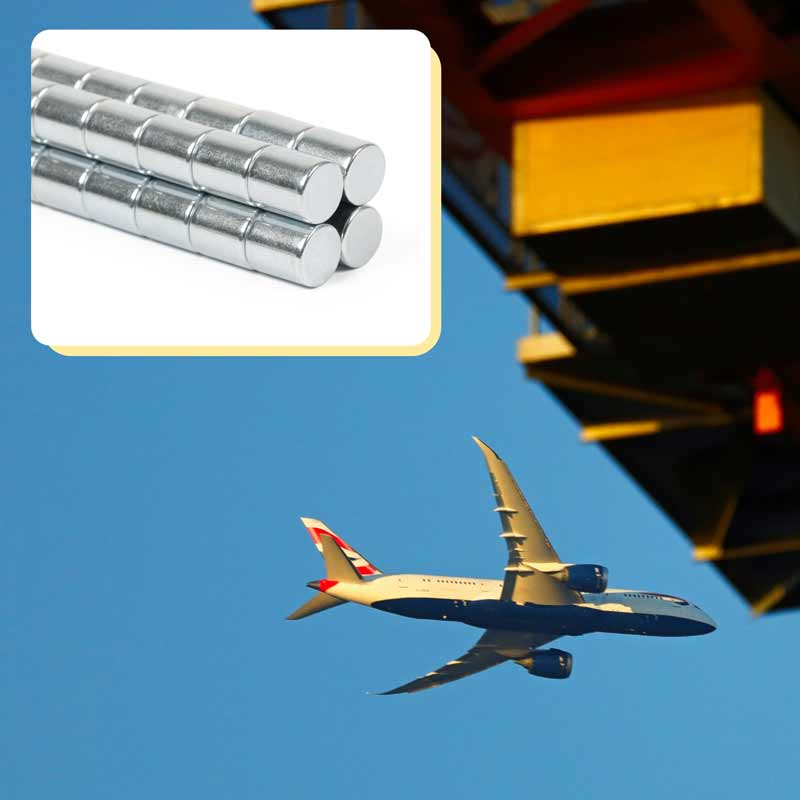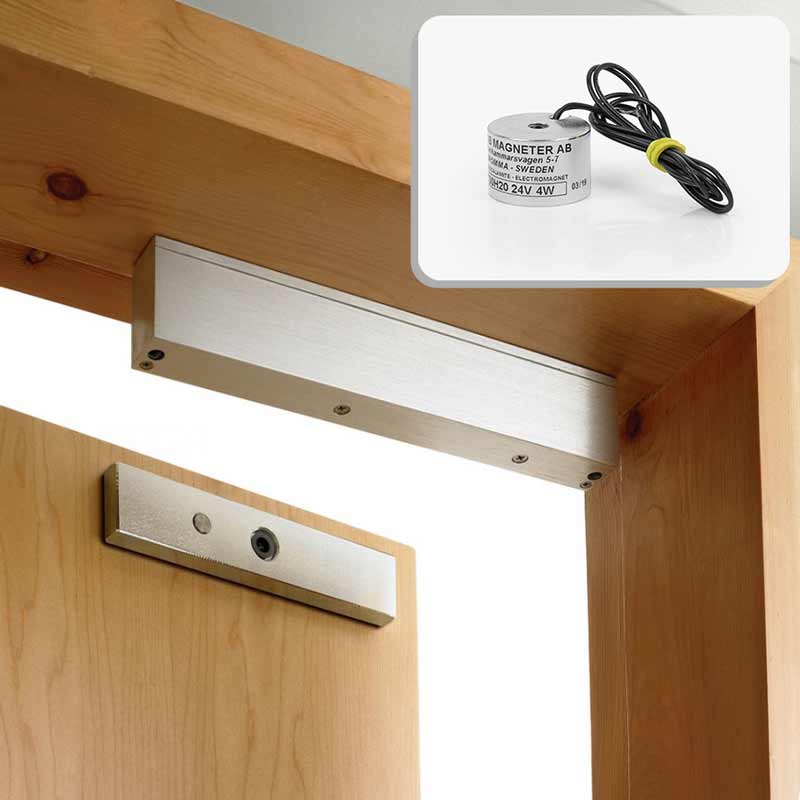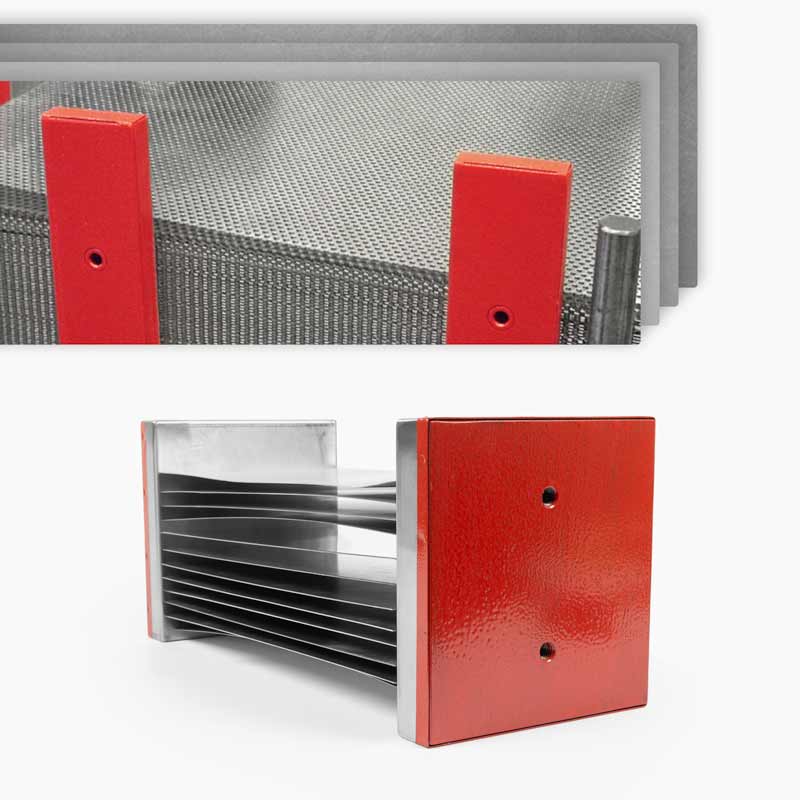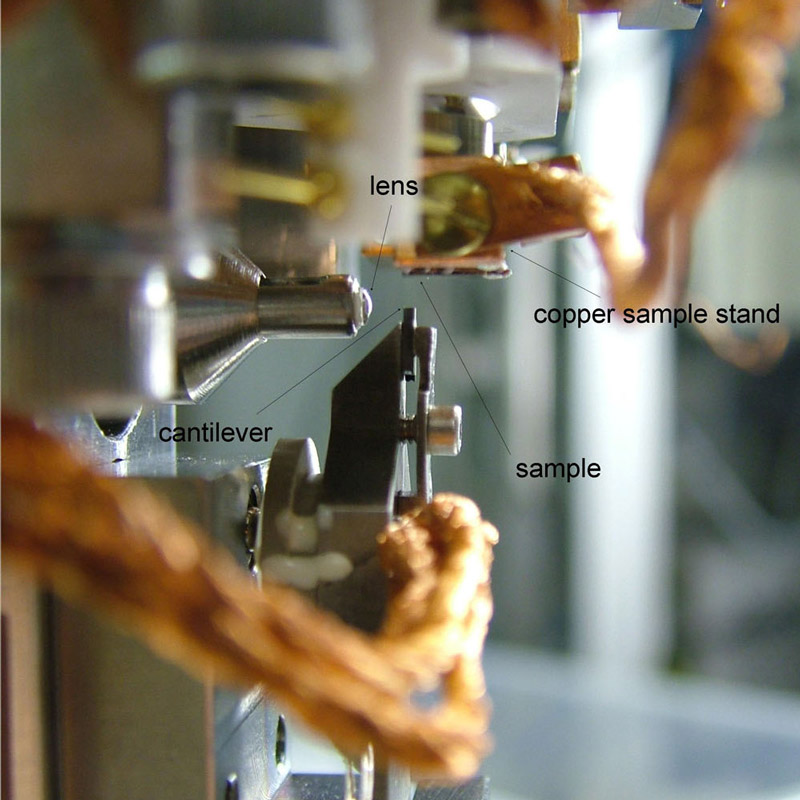CHINA STOPS EXPORT OF RARE EARTH METALS – We are in continuous contact with our suppliers in China and, in consultation with them, have concluded that HYAB is not affected by the export ban at this time.
Blog page
Recent Post

Published: 2025-05-21
Magnets in Restaurant Kitchens

Published: 2025-05-16
Global supply challenges and HYAB’s role

Published: 2025-05-13
Electromagnets – a more controllable magnet

Published: 2025-05-09
Magnetic filtration in the process industry

Published: 2025-05-06
Sheet metal handling – Easier with magnets

Published: 2023-05-04
![]() Daniel Gårdefelt
Daniel Gårdefelt
The Science of Magnetic Resonance Force Microscopy (MRFM)
Magnetic resonance force microscopy (MRFM) is an imaging technique that acquires magnetic resonance images (MRI) at the nanometer scale, and poss...
Show more >
Published: 2023-03-14
![]() Daniel Gårdefelt
Daniel Gårdefelt
The use of magnets in science and medicine
Science and medicine have always been at the forefront of new technology, and using magnetic materials in these fields is common. Magnets are use...
Show more >
Showing 1 to 1 of 2 (1 Pages)

